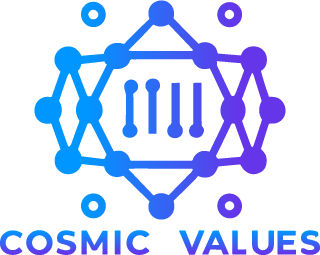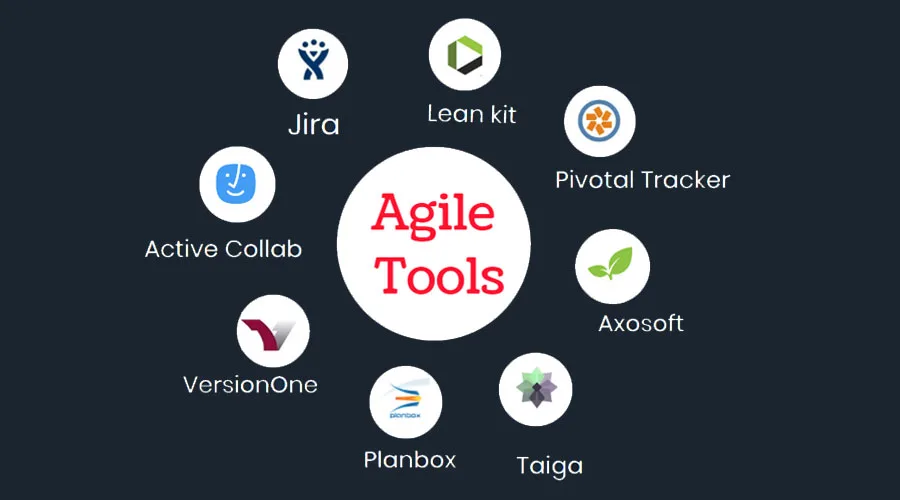The software development landscape is constantly evolving, demanding a shift towards more flexible and responsive approaches. Enter agile development, a methodology that prioritizes iterative development, collaboration, and rapid feedback. To facilitate the success of agile teams, a diverse array of agile development tools have emerged, empowering them to streamline workflow, enhance communication, and ultimately, deliver exceptional software solutions.
Understanding the Agile Philosophy
Agile development deviates from the traditional, linear approach to software development. Instead of lengthy, upfront planning, agile emphasizes continuous adaptation. Projects are divided into manageable timeframes called sprints, typically lasting 1-4 weeks. During each sprint, teams work collaboratively on a defined set of features, gathering constant feedback, and readily incorporating changes as needed. This iterative cycle fosters flexibility and allows teams to adapt to evolving requirements or shifting market trends.
Benefits of Utilizing Agile Development Tools
While the core principles of agile focus on a mindset and philosophy, the right set of tools can significantly enhance their application. Here’s how:
- Improved Visibility and Transparency: Agile tools provide a centralized platform for teams to visualize tasks, track progress, and monitor project health in real-time. This fosters transparency and accountability, ensuring everyone is on the same page.
- Enhanced Collaboration and Communication: Effective communication is crucial in agile environments. These tools offer features like discussion boards, instant messaging, and task comments, enabling seamless collaboration and fostering a strong sense of team spirit.
- Streamlined Workflow and Efficient Task Management: Agile tools often boast functionalities like kanban boards, burndown charts, and task prioritization capabilities. These features help teams organize work, prioritize tasks, and maintain a clear understanding of current workload and progress.
- Automated Reporting and Data-Driven Decision Making: Many tools offer built-in reporting features, providing valuable insights into team performance, velocity (rate of work completion), and sprint efficiency. This data empowers teams to make informed decisions and continuously improve their agile practices.
Choosing the Right Agile Development Tools: A Diverse Landscape
With a plethora of agile development tools available, selecting the most suitable option can be overwhelming. Here are some factors to consider:
- Team Size and Needs: Smaller teams may prioritize simple, user-friendly tools, while larger, more complex projects might necessitate feature-rich platforms.
- Project Type and Methodology: Different agile methodologies like Scrum, Kanban, or Scrumban may require specific functionalities within the chosen tool.
- Budget and Integration Capabilities: Pricing models and integration capabilities with existing software should be carefully evaluated.
Popular Agile Development Tools: A Glimpse into the Options
The following table provides a brief overview of some popular agile development tools:
| Tool | Description | Strengths |
|---|---|---|
| Jira Software | A comprehensive project management tool offering issue tracking, sprint planning, and reporting features. | Robust functionality, extensive integrations |
| Trello | A visual-based tool employing kanban boards for task management and workflow visualization. | Simple, user-friendly interface, ideal for smaller teams |
| Asana | A flexible project management tool with task organization, communication, and collaboration features. | Streamlined workflow management, suitable for various team sizes |
| Monday.com | A customizable platform providing task management, automation, and team communication tools. | Adaptable interface, caters to diverse project needs |
| Slack | A real-time communication platform facilitating team collaboration and knowledge sharing. | Real-time communication, seamless integration with other tools |
drive_spreadsheetExport to Sheets
Note: This table is not exhaustive and serves as a starting point for exploration. It’s recommended to conduct further research and consider the specific needs of your team before making a decision.
Beyond the Tools: Fostering the Agile Mindset
While agile development tools offer undeniable advantages, it’s crucial to remember that successful implementation hinges on embracing the core agile mindset. This requires a cultural shift towards:
- Continuous learning and improvement: Fostering a culture of continuous learning allows teams to adapt to changing environments and refine their agile practices.
- Open communication and collaboration: Encouraging transparent communication and collaboration breaks down silos and fosters a sense of shared ownership within the team.
- Embracing change and feedback: Agile teams readily embrace change and actively seek feedback to continuously improve their processes and deliverables.
By effectively utilizing a combination of the right agile development tools and adopting the agile mindset, teams can unlock the true potential of this dynamic methodology. This approach empowers them to navigate the ever-evolving software development landscape with agility, resilience, and the ability to consistently deliver exceptional results.
Frequently Asked Questions about Agile Development Tools
Are agile development tools necessary for successful agile implementation?
While not strictly mandatory, agile development tools can significantly enhance the effectiveness and efficiency of agile practices. They provide a platform for collaboration, task management, and data-driven decision making, allowing teams to stay organized, transparent, and responsive to change.
How much do agile development tools cost?
The cost of agile development tools varies considerably depending on the features offered, team size, and deployment model (cloud-based vs. self-hosted). Many tools offer free plans for small teams or limited functionality, while others operate on a subscription basis with tiered pricing based on features and user count. Carefully evaluating your needs and budget is crucial before making a decision.
Is there a single “best” agile development tool?
Unfortunately, there isn’t a one-size-fits-all solution. The “best” tool depends on your specific team size, project type, budget, and existing workflow. It’s recommended to explore different options, consider free trials, and thoroughly assess your team’s needs before making a selection.
Conclusion:
Embracing agility is no longer a choice but a necessity in today’s dynamic software development landscape. While the core principles of agile focus on a collaborative and adaptable mindset, agile development tools offer invaluable support. By selecting the right tools and fostering the agile mindset, teams can unlock the full potential of this methodology, driving innovation, delivering exceptional results, and thriving in an ever-evolving world.



